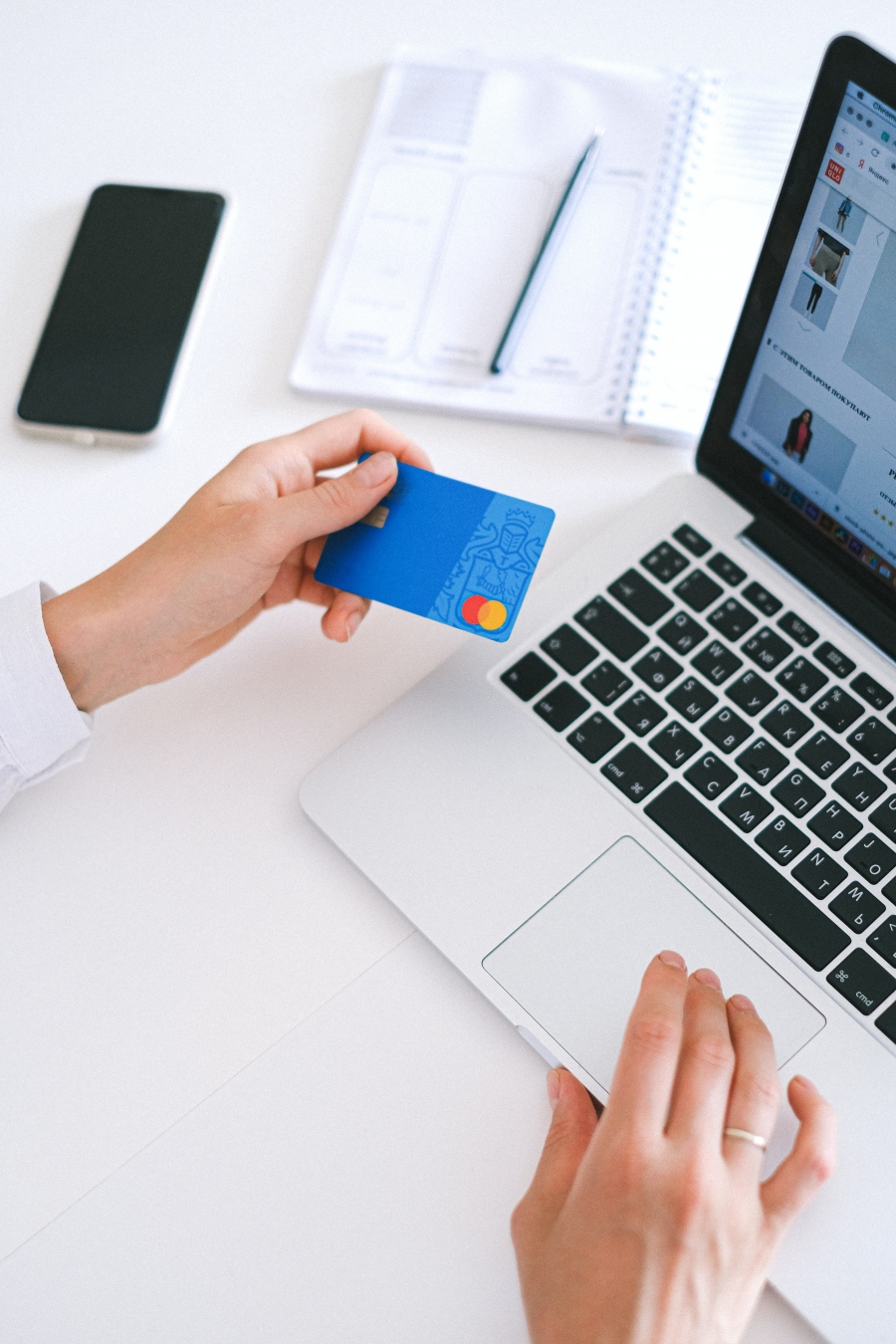Online shopping has become more and more common as technology grows. Merchants have realized that it is often more lucrative to sell their goods and services online than it is to set up a physical shop location. Not only does it cut overhead costs, but it allows them to target a more specific audience and potentially get more eyes on their products.
With this increasing rate of online shopping comes more online payments and payment service providers. As this becomes more commonplace, it is essential that payment service providers make their systems as secure and reliable as possible for both the vendor and the consumer. Here are a few ways that payment sites can increase their reliability for everyone involved and keep people on the internet safe.
Increase Site Security
Payment service provider websites will always have specialists who write the code for their sites to keep them secure for everyone. The code will often include or not include specific lines to prevent hackers from getting in. These measures vary from using HTTPS, checking for SQL injection, and protecting the site from XSS malicious attacks. Backend developers should always be aware of any updates they should be making over time to continue to protect against new forms of attack.
Prevent Personal Fraud
As with any type of online account, there is a risk of personal fraud when using a payment service provider. However, sites can help to protect users against this happening. By using entity extraction software, like NetOwl and similar providers, these sites identify the person using the account as a real person and not a bot. Payment service providers can also help to prevent fraud by having a quick, reactive service where users can report potential fraud to be investigated by the company.
Encrypt User Data
Data breaches happen frequently on a variety of websites. These breaches are often common and heard of with social media sites, but can also occur on online shopping sites, medical data sites, and even banking sites. The data that is stored on these sites varies from things like personal information (email addresses, phone numbers, physical addresses) to passwords to social security numbers and even banking information.
When user data is encrypted it adds an additional layer of security and makes it more difficult to decode. Unencrypted data is vulnerable to hacking and data leaks. Any sort of data breach puts users at risk for fraud and identity theft and can easily lead to lawsuits against the website that lost the data.

